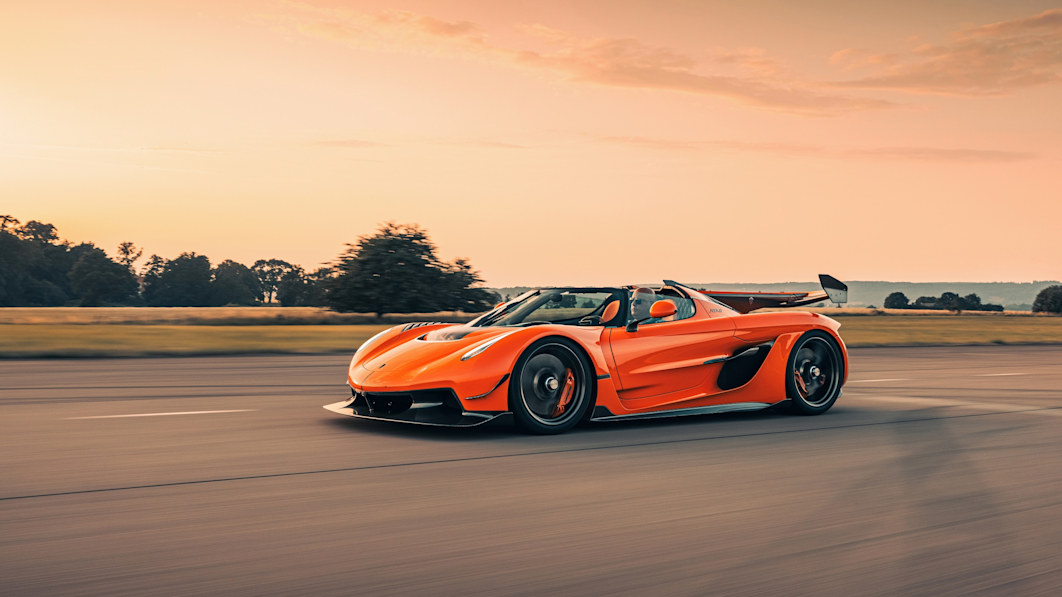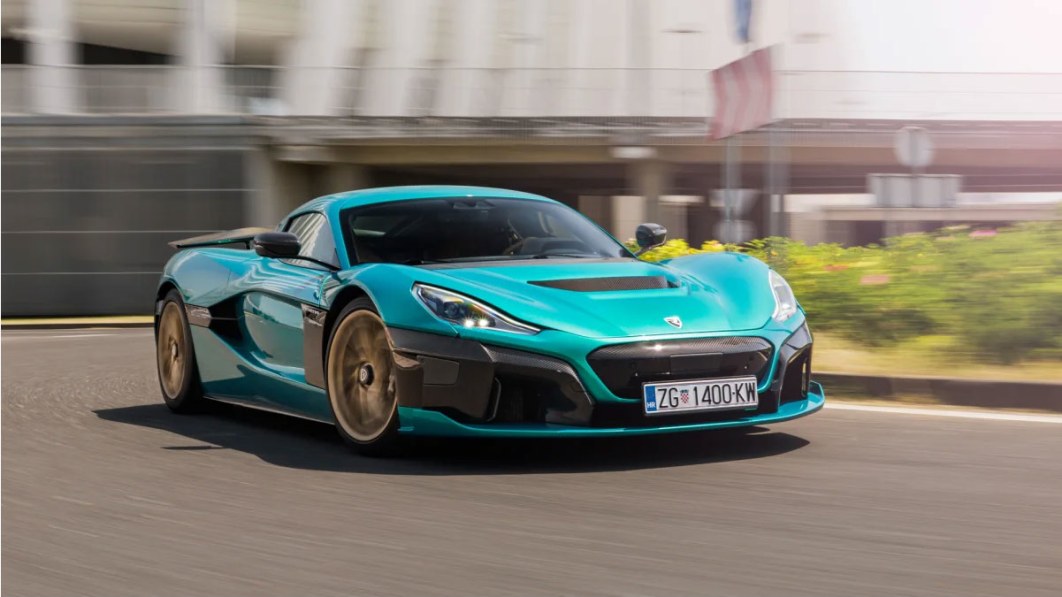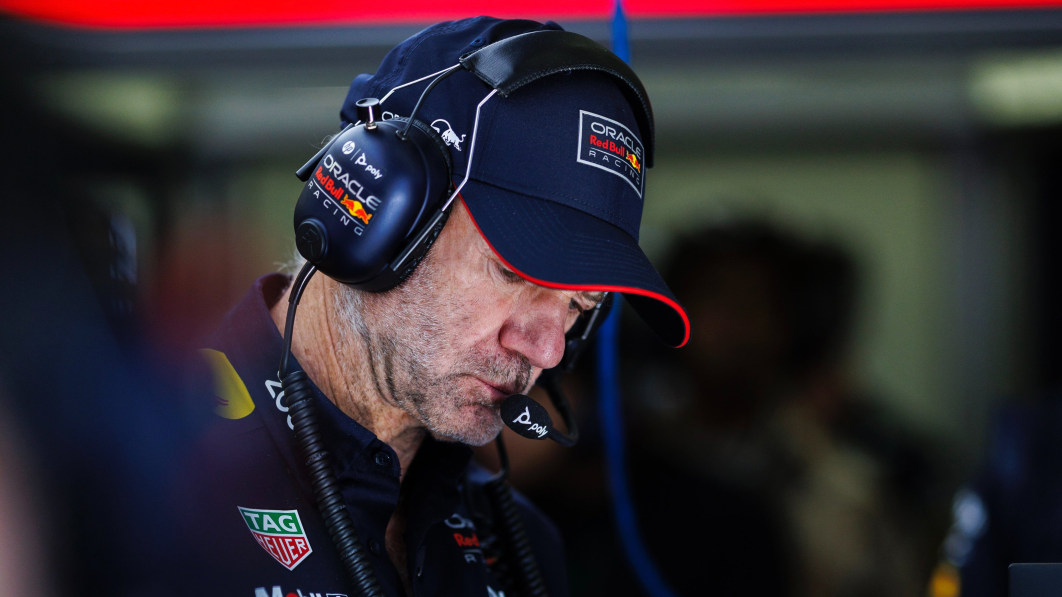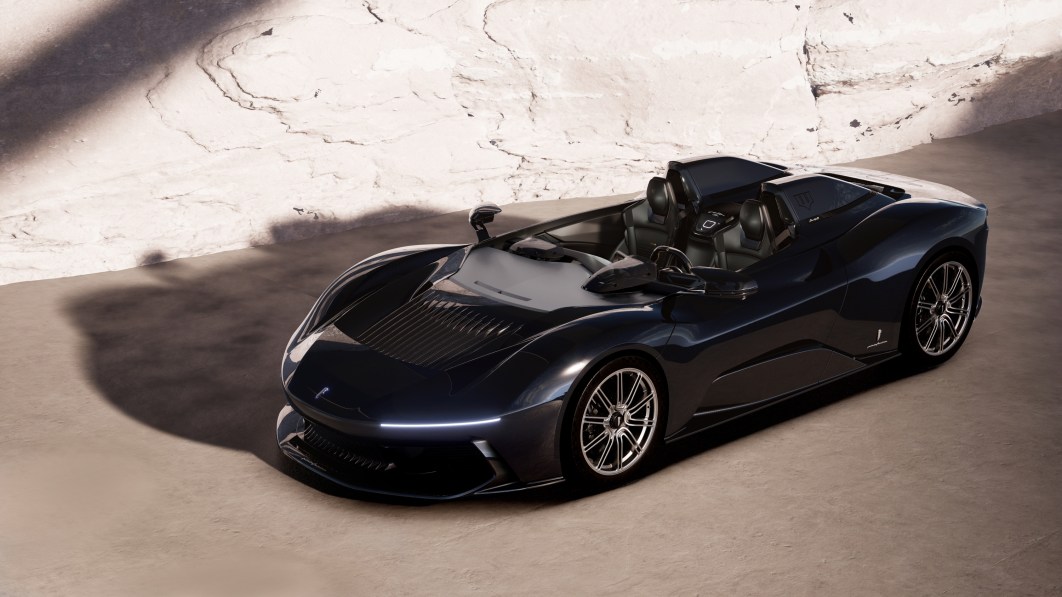Koenigsegg released images of the pre-series Jesko it built to test on the 1,900-yard runway it owns next to its headquarters. The orange hypercar is the result of a massive development program that began years ago.
Unveiled in 2019, the Jesko is not simply an evolution of its predecessor. It’s an entirely new car, one developed by a relatively small company without the scale and the footprint of bigger carmakers, and it’s stunningly advanced. The graphics on its digital instrument cluster rotate as the driver turns the steering wheel, for example.
There’s a different kind of technology under the body. Power for the Jesko comes from a 5.0-liter V8 that’s twin-turbocharged to develop 1,600 horsepower and 1,106 pound-feet of torque when it’s slurping E65 fuel. Instead of using an electric compressor, Koenigsegg solved the turbo lag problem by fitting the Jesko with an air tank and a compressor that sends a 20-bar shot of air through the system to pre-spool it. It’s almost rocket science.
Follow the power flow out of the crankshaft and you’ll find a nine-speed automatic gearbox called Light Speed Transmission (LST) that has seven multi-disk clutches. These are just some of the features Koenigsegg’s pre-series Jesko will let test drivers experience.
While an airstrip is the ideal venue for testing acceleration, the one Koenigsegg has access to is too short to allow the Jesko to reach top speed. Even the three-mile runway at the Johnny Bohmer Proving Grounds in Florida isn’t long enough. Simulations say the Jesko should hit 330 mph, but Koenigsegg still hasn’t figured out where to try it.
As to the livery, Koenigsegg founder Christian von Koenigsegg didn’t choose the orange hue after drinking a big glass of Sunny D or because he’s already looking forward to Halloween. It’s a reference to one of the Swedish company’s first cars, the CCR, which was presented to the public at the 2004 edition of the Geneva auto show in an eye-catching shade of orange named Lava Orange. It was featured in press images and later sold to a private buyer. It traded hands again at an RM Sotheby’s auction held in Milan, Italy, in June 2021, where it sold for €798,125 (approximately $942,400).
Only 14 units of the CCR were built between 2004 and 2006, meaning it’s an exceptionally rare sight. The Jesko will be more common. Production will be limited to 125 units globally, and all of them are already spoken for, though some were claimed by dealers hoping to offer a car to a local buyer, so it might not be too late to get one. However, we hope you’ve started saving: pricing starts at $3 million. Deliveries are scheduled to begin in the spring of 2022.




